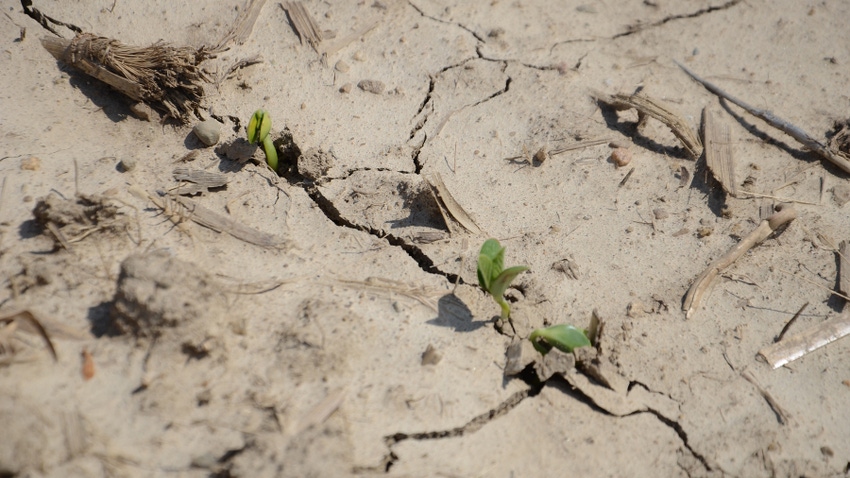
Job No. 1 in the spring is getting a good stand. Whether it’s corn or soybeans, a successful season starts with uniform stands.
“There are several different things we can look at which are important to achieving those kinds of stands,” says Jordan Arndell, a technical agronomist for Dekalb/Asgrow based near Evansville, Ind. “It’s not just one thing. You need to consider several things.”
Here’s a look at the most important components when planting corn:
Equipment. Look at your equipment. “It all begins with your corn planter,” Arndell says. “Make sure it’s calibrated and that every part is working properly. That includes things like the downforce system on the planter. Good corn stands start with the planter.”
Product placement. This one may not be obvious, but Arndell says it’s critical. You likely decided which seed products would go in which fields long before planting season arrived.
“Make sure you stick with the plan and place those products where you and your Dekalb/Asgrow rep thought they should go,” he says. “It’s easy to get rushed and wind up planting a different hybrid than you intended. But it’s important to stick to the original plan. There are differences in hybrids, such as seedling vigor, which can impact whether you get the stand you want if the order isn’t followed.”
Planting basics. Plant as early as is practical for your area. If you’re applying 2-by-2 starter fertilizer off the planter, make sure the amount delivered is accurate and placement is precise, Arndell says. Then scout early to make sure you achieved acceptable stands.
If you must consider replant, it’s best to know the score and make the decision as early as you can, he notes.
For soybeans, pay attention to these factors:
Seeding rates. Whether you increase or decrease soybean seeding rates may depend on what you typically plant, and what conditions are like, Arndell says. In conventional tillage, you may back off a bit, but in no-till, you may up the rate. Those are decisions you must make on the go.
Arndell typically recommends seeding rates of 130,000 to 140,000 seeds per acre in 15-inch rows and 110,000 to 120,000 in 30-inch rows, with final stand targets of 115,000 to 125,000 in 15-inch rows and 100,000 to 110,000 in 30-inch rows.
Singulation. Arndell likes to see singulation in soybeans, too, not just in corn. In other words, he believes distribution of soybean plants is important, and he likes to see uniform plant distribution.
Seed treatments. Know what treatment comes on the seed you buy and what options you have for additional seed treatments. For example, if you’re planting soybeans into fields with a history of sudden death syndrome, Arndell recommends adding Ilevo to help protect against the disease.
Planting dates. “If you’re planting soybeans in the first two weeks of April, you may want to increase rates from your normal rate slightly,” Arndell says. “By the last two weeks of April, you may be decreasing seeding rates.” If planting is delayed until late May or June, you may think about increased seeding rates again — this time to increase nodes and pods per acre.
Weed control. Make sure your weed control program can provide both early and season-long control of problem weeds, Arndell says. It must match the herbicide-tolerant traits of the soybeans you’re planting.
About the Author(s)
You May Also Like




